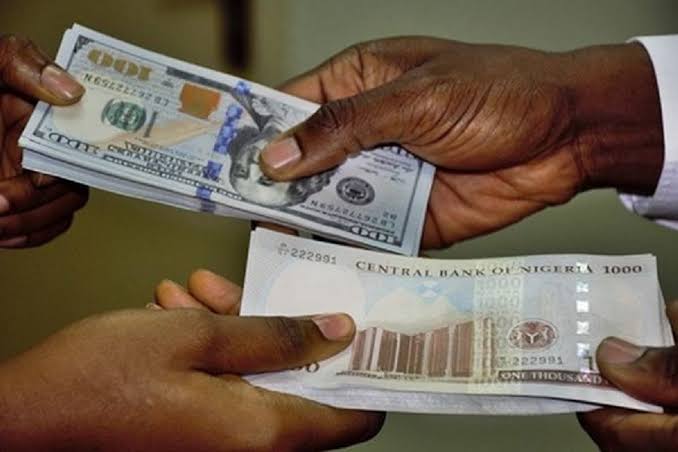Losing your ATM card can be a stressful and frustrating experience, especially when you are in Nigeria. Not only do you have to worry about the inconvenience of not being able to access your funds, but you also have to take steps to prevent unauthorized access to your account. In this article, we will discuss what to do when you lose your ATM card in Nigeria, so you can minimize the impact of this unfortunate situation and get back to your financial transactions as quickly as possible.
Steps You Can Take When You Lose Your ATM Card In Nigeria:
Step 1. Contact your bank immediately to block your ATM
The first thing you should do when you lose your ATM card is to contact your bank immediately to block your card. Most banks in Nigeria have social media accounts, customer care phone lines, and email addresses that you can use to contact them. The faster you can block your card, the better.
Step 2. Transfer funds right away
If you have another bank account, transfer your funds from the bank with the missing ATM to another account you own. You can use the bank USSD method of transferring money, which is faster and less stressful. This will ensure that scammers don’t have access to any of your funds.
Step 3. Apply for a new ATM card
Apply for a new ATM card as soon as possible. Contact your bank to request a new card and follow their instructions for getting a replacement. This will ensure that you can continue to carry out easy banking transactions.
Step 4. Unlink online banking information
Unlink your lost ATM card from all the online payment systems you’ve linked it with. This is important to ensure that you have nothing to do with the old card while you await your new ATM.
Step 5. Monitor your account for any unauthorized transactions
Keep an eye on your account for any unauthorized transactions. If you notice any suspicious activity, contact your bank immediately.
Step 6. Change your PIN and passwords for all your accounts
Change your PIN and passwords for all your accounts to prevent any unauthorized access. This is an important step to ensure that your accounts are secure.
Step 7. Be cautious of any suspicious calls or messages claiming to be from your bank
Be cautious of any suspicious calls or messages claiming to be from your bank. Scammers may try to get your personal information or access to your accounts through these methods. Always verify the authenticity of any communication before giving out personal information.
Step 8. Consider setting up fraud alerts on your account
Consider setting up fraud alerts on your account to receive notifications of any suspicious activity. This will help you to act quickly if there are any unauthorized transactions on your account.
Step 9. Keep your bank’s customer service number handy in case of emergencies
Keep your bank’s customer service number handy in case of emergencies. This will ensure that you can quickly contact them if you have any issues with your account.
Step 10. Practice safe banking habits
Practice safe banking habits, such as not sharing your PIN or passwords with anyone and regularly checking your account statements. This will help you to prevent any unauthorized access to your accounts and keep your finances secure.

